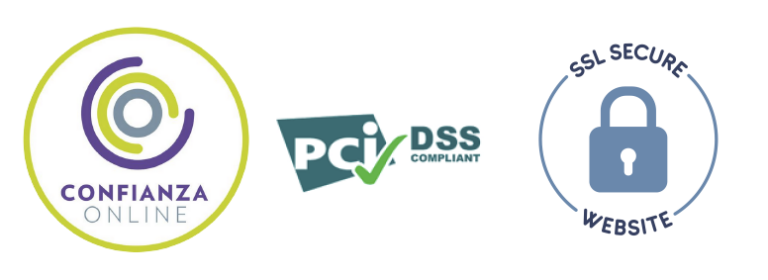How Often Should You Activate a Collection Claim? Can You Create Recovery Plans for Specific Geographic Areas? Which Method Should You Choose to Communicate Invoice Payment?
Traditionally, merchants generated collection files directly and manually. However, the diversity of highly specific strategies has created the need for customizable automation plans for debt recovery.
At Wannme, we refer to this process as “Events,” which involves programming a series of actions to develop personalized recovery strategies. In other words, it allows the application of different filters to facilitate the automation of plans based on specific criteria.
Manual Collection Plan vs. Automatic Collection Plan
Previously, merchants had to manually generate collection operations or open files through Wannme’s control panel or via our API. Now, with the “Events” feature, it is also possible to develop automatic plans.
An enforcement procedure involves applying a series of actions over a period of time to collect a debt. With this procedure, we can schedule the necessary operations to order payments according to pre-defined criteria.
Wannme’s automatic recovery plan proposes configuring an enforcement chain based on three sections: programming, filter, and action. Events are scheduled to execute at specific times and according to very precise filters.
How to Schedule an Enforcement Procedure
The first step in configuring enforcement chains is to devise a strategy for recovering unpaid invoices. Therefore, it is necessary to define what, how, and when debtors will be notified.
In the “Events” window of Wannme, scheduling an enforcement procedure consists of three steps:
- Programming: Define how often you want to notify the debtor about a payment claim—daily, weekly, biweekly, monthly, etc. The frequency determines the pressure you wish to apply.
- Filter: Decide which recovery files to act upon. Filtering conditions are broad: by debtor’s province, debt amount, file status, or portfolio name, among others.
- Action: Choose the method of communicating the debt to the debtor. Wannme offers multiple communication channels, adapting to each recipient’s needs.
Additionally, in the “Action” section, you can create these communications using templates and generate a new payment plan based on the number of installments or months desired.
Once you save all the previous steps, the recovery plan is programmed. Here’s a practical example of using Wannme’s “Events” functionality: a gym wants to recover unpaid invoices from the last year. To communicate this to its clients, it uses Wannme’s “Events” tool, scheduling a weekly SMS to debtors with monthly subscriptions over €50, using a payment action template.
Why Use Wannme’s Events Tool
Creating these events automates recovery strategies, significantly reducing administrative burden. From manual debt collection to event programming, there is substantial time savings.
Moreover, monitoring event execution provides control before, during, and after actions. The subsequent analysis of events facilitates future adjustments based on frequency or communication channel.
With Wannme’s Events, you can monitor each action and see how many files were affected, when the payment was executed, or when the process concluded.
“Events” reflects the ongoing evolution of client needs. It’s about tailored debt management.
Want to learn more about this feature? Contact us or request a demo with one of our consultants, and we’ll be happy to assist you. Contact us.
Follow us on LinkedIn!






